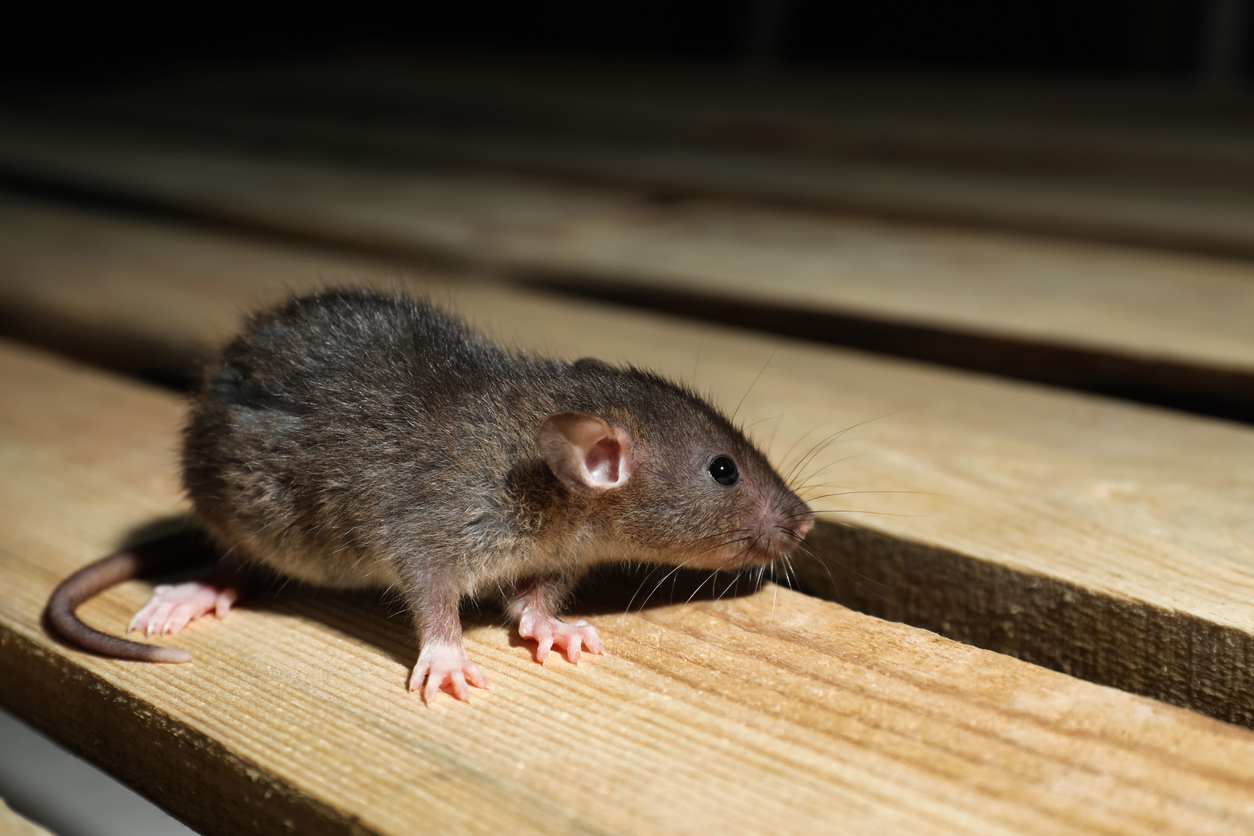How to Use Live-Catch Rodent Traps: A Detailed Guide
Share
Dealing with a rodent problem can be a daunting task, especially when you want to ensure that your methods are both effective and humane. One of the best solutions is to use live-catch rodent traps. But, how to use live-catch rodent traps effectively? In this guide, we will delve into the various aspects of using these traps to ensure a successful and ethical approach to pest control.

Understanding Live-Catch Rodent Traps
Live-catch rodent traps are designed to capture rodents alive, allowing you to release them safely and humanely. These traps are an excellent alternative to lethal traps, which can be harmful to both the environment and unintended wildlife. By using live-catch traps, you can address your rodent problem without causing unnecessary harm. The key to their success lies in proper placement, baiting, and maintenance.
Choosing the Right Trap
Before you can start trapping, you need to select the right trap for your situation. There are various types of live-catch traps available, each with its own advantages. For instance, multi-catch traps can capture several rodents without needing to be reset, while single-catch traps are ideal for targeting specific areas. It's essential to consider the size of the rodent you are dealing with, as well as the location where you plan to place the traps.
Baiting Your Trap
Baiting is a critical aspect of using live-catch traps effectively. The right bait can make all the difference between success and failure. Common baits include peanut butter, cheese, and seeds. However, it's crucial to avoid over-baiting, as this can lead to the rodents becoming suspicious and avoiding the trap altogether. A small amount of bait placed at the entrance of the trap is usually sufficient.
Placement and Setup
The placement of your trap is just as important as the bait. Rodents tend to travel along walls and are more likely to investigate traps placed in these areas. Additionally, look for signs of rodent activity, such as droppings or gnaw marks, to determine the best locations for your traps. It's also important to ensure that the trap is stable and won't be easily tipped over by the captured rodent.
Monitoring and Maintenance
Once your traps are set, regular monitoring is essential. Check the traps daily to see if you have captured any rodents. Prompt removal of captured rodents is crucial to prevent stress and harm. It's also important to clean and reset the traps after each capture to ensure they remain effective. Regular maintenance will not only prolong the life of your traps but also increase your chances of success.
For more detailed tips on using traps and other pest control methods, you can visit Best Humane Mouse Trap for House.
Releasing the Captured Rodent
After successfully capturing a rodent, it's time to release it. Choose a location that is at least a mile away from your home to prevent the rodent from returning. Ideal release sites include wooded areas or fields where the rodent can find shelter and food. Always handle the trap with care to avoid any injury to the rodent or yourself.
Safety Precautions
When handling live-catch traps, it's important to take safety precautions. Wear gloves to protect yourself from potential bites or scratches and to prevent the transfer of human scent onto the trap. Additionally, ensure that the trap is securely closed before transporting it to the release site.
Benefits of Live-Catch Traps
Using live-catch traps offers several benefits. Not only are they a humane solution to rodent problems, but they also provide an opportunity to relocate the animals without harm. This method is environmentally friendly and reduces the risk of secondary poisoning that can occur with chemical pest control methods. Additionally, live-catch traps are reusable, making them a cost-effective choice for long-term rodent control.
For more insights on humane pest control, explore Clove or Rosemary Rodent Repellent in Cabinets.
Common Challenges and Solutions
While live-catch traps are effective, they can pose certain challenges. One common issue is rodents becoming trap-shy if they have encountered traps before. To overcome this, try changing the bait or location of the trap. Additionally, ensure that the trap is free from any human scent by cleaning it thoroughly between uses.
To learn more about handling trap challenges, visit Ultrasonic Rodent Repeller for Home.
Conclusion
Using live-catch rodent traps is an effective and humane way to manage rodent problems. By choosing the right trap, baiting it correctly, and placing it strategically, you can achieve successful results. Regular monitoring and maintenance are crucial to ensure the traps remain effective over time. Remember, the goal is not only to remove the rodents from your home but also to do so in a way that is respectful to the animals and the environment.
For further reading on pest control methods, check out How to Get Rid of Mice.

FAQs
What is the best bait for live-catch traps?
Commonly used baits include peanut butter, cheese, and seeds. The key is to use a small amount to avoid making the rodents suspicious.
Where should I place live-catch traps?
Place traps along walls or in areas where you have noticed rodent activity, such as droppings or gnaw marks.
How often should I check my traps?
Check your traps daily to ensure prompt removal of captured rodents and to reset the traps for continued use.
